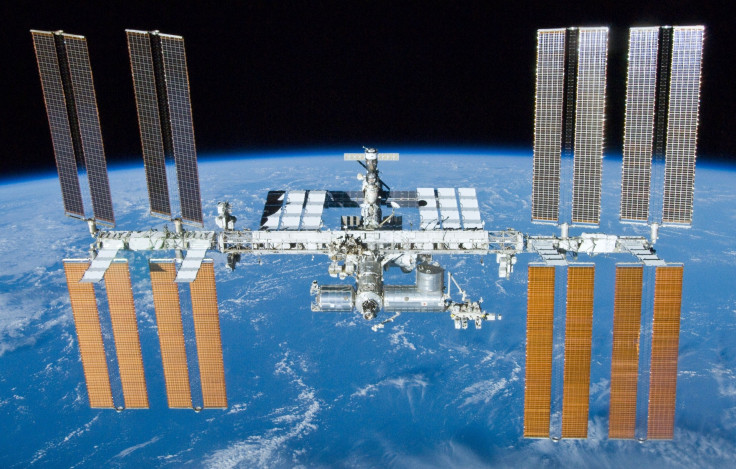A Cosmic Elevator? ISS Experiment To Make Space More Accessible

As NASA and SpaceX continue to build massive rockets for deep-space missions to moon and Mars, a group of researchers hailing from Japan are working on another intriguing project — a space elevator.
Though it may sound a little strange, a space elevator, if built successfully, could prove critical in executing routine missions to low-Earth or even geostationary orbit. It would work just like a conventional elevator, where a cable-connected container is used to lift people up. But, instead of going a few stories up, the futuristic elevator car would go beyond Earth’s atmosphere, taking cargo or even humans to a space station.
This could reduce the cost of launching satellites and cargo and make space more accessible than it has ever been. However, it is worth noting the project is at a very nascent stage and demands comprehensive development efforts and tests to actually come to life.
As part of the initial steps to establish a full-fledged space elevator in the future, scientists hailing from Japan’s Shizuoka University and other institutions are planning to launch a dual microsatellite experiment to the International Space Station (ISS), Japanese news outlet the Mainichi reported.
On Sept. 11, Japanese Space Agency’s H-IIB Vehicle will take to the skies from Tanegashima Space Center in Kagoshima Prefecture and deliver the experiment to the space station. Then, the astronauts onboard will deploy the microsatellites to demonstrate how a container would move along a cable in the environment of space — for the first time.
Essentially, the two ultra-small cubic satellites, measuring 10 cm (0.1 meter) on each side, will be connected with a 10-meter-long steel cable. This wire will be extended to allow a small motorized container to simulate the work of a space elevator.
The entire motion of the object will be recorded by tiny cameras placed on both satellites and provide critical data to move ahead with the space elevator project.
The technical advisor for the upcoming project is Obayashi Corporation — a construction company that is also working on a similar concept. Obayashi’s space elevator concept, expected to be built by 2050, revolves around six elevator cars that would move along a cable stretching from a 400-meter-wide seaport. It would use an electric motor pulley to go 36,000-km up towards a geostationary orbit station and provide regular access to space. The firm envisions each of these cars would host around 30 humans and achieve speeds up to 200km per hour.
When realized, a technology like that could cut space launch costs by a factor of 10, but engineers have to address some major caveats before moving ahead with a project like this, the report noted. Some of the most basic concerns are cosmic rays and space rocks that could affect the working of the elevator and compromise its structural integrity, while other issues are more engineering-focused, such as how electricity will be provided to keep the whole thing operational.
© Copyright IBTimes 2024. All rights reserved.





















